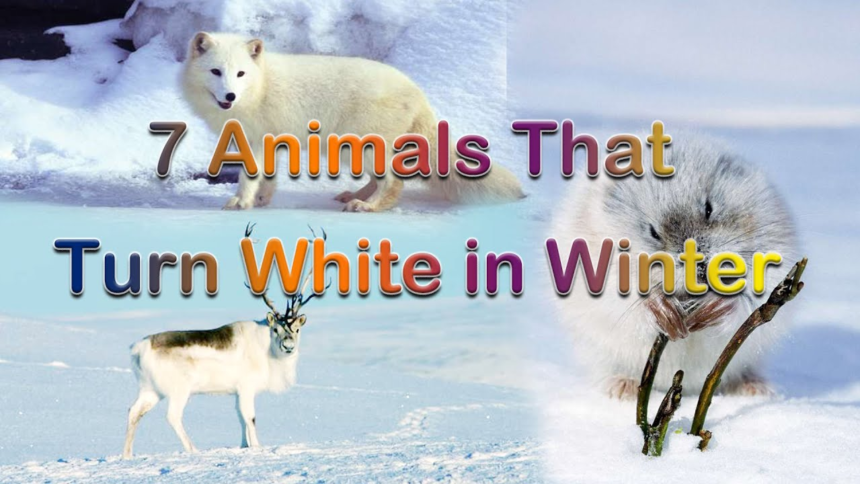Snowy Elegance: Discover 7 Animals That Gracefully Turn White, Embracing the Serenity of the Season’s Transformative Beauty
Overview: Snowy elegance
Winter’s arrival transforms the northern landscapes into a snowy wonderland, and amidst this pristine backdrop, a fascinating phenomenon unfolds. Several remarkable animals undergo a stunning metamorphosis, exchanging their summer hues for the purest white. Unlike the iconic polar bear or snowy owl, these creatures don’t maintain their snowy appearance throughout the year. In this article, we delve into the captivating stories of seven animals that undergo this enchanting transformation.
ALSO READ : Exploring The Enchanting Ellora Caves : A UNESCO World Heritage Site
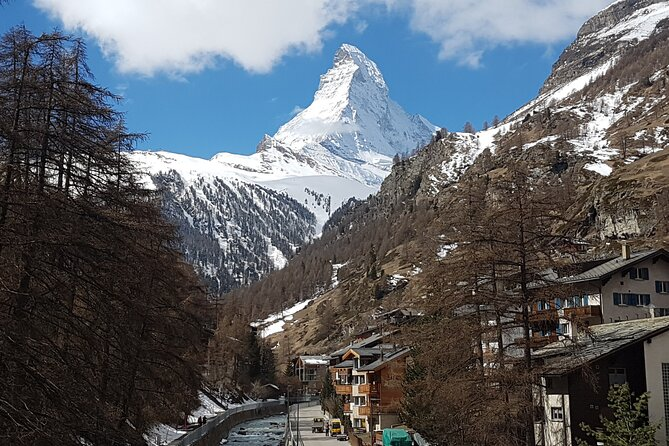
Hares: Masters of winter camouflage
The Arctic hare, snowshoe hare, and mountain hare are among the winter’s magical shape-shifters. As temperatures drop, their once brown or gray fur transforms into a perfect coat of winter white. Scientists attribute this change to photoperiod, the amount of light received during the day. The diminishing daylight triggers a cascade of events, prompting the replacement of brown fur with a pristine white, starting from the extremities. This adaptation aids in camouflage, but also raises concerns as global warming threatens their survival by disrupting the timing of this color change.
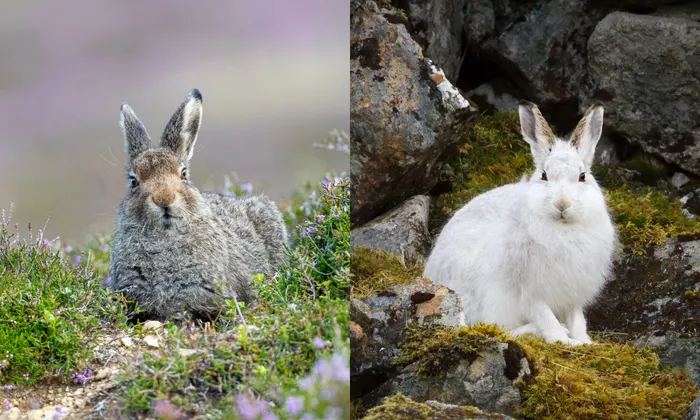
Weasels: Nature’s fashionistas
The least weasel, long-tailed weasel, and the stoat, also known as the ermine, dazzle with their fashion-forward approach to winter. Shedding their warm summer browns, these weasels embrace icy whites, with the ermine sporting a distinctive black-tipped tail. The ermine’s luxurious winter fur was once a symbol of royalty and clergy adornment. Intriguingly, these color-changing fashionistas seem indifferent to temperature or location, relying on photoperiod as their cue for a seasonal wardrobe change.
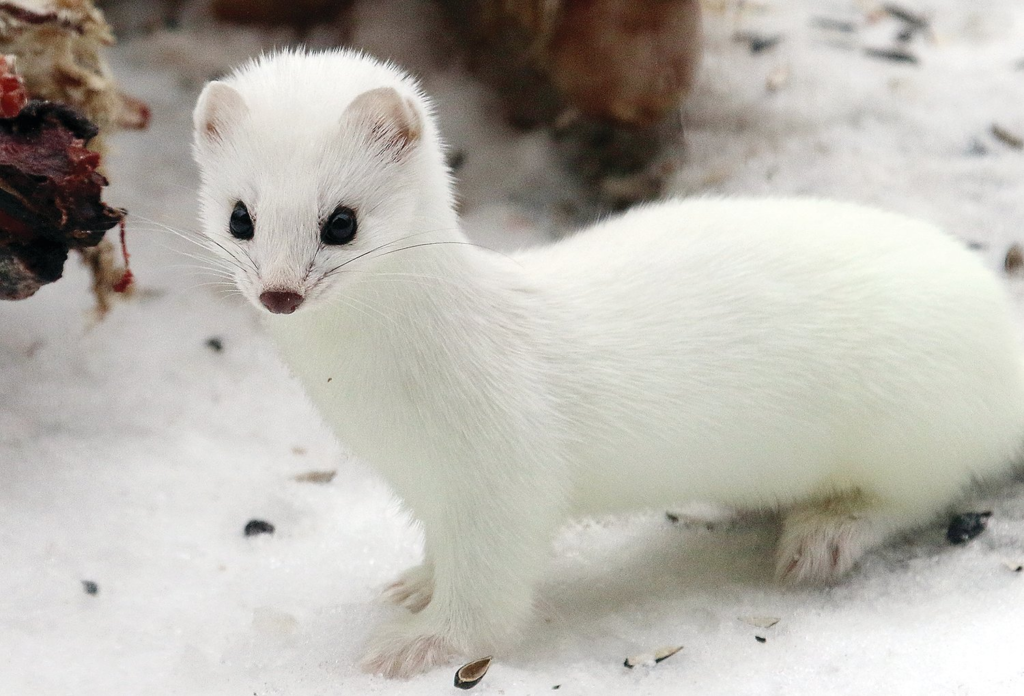
Peary caribou: Arctic elegance in white
The Peary caribou, a subspecies native to the High Arctic, epitomizes winter elegance. Unlike their counterparts, these caribou exchange their silvery summer coats for a striking white ensemble as winter approaches. Their unique transformation sets them apart, making them the only caribou subspecies to undergo such a change. The small size and distinct morphology of the Peary caribou once led to its classification as a separate species.
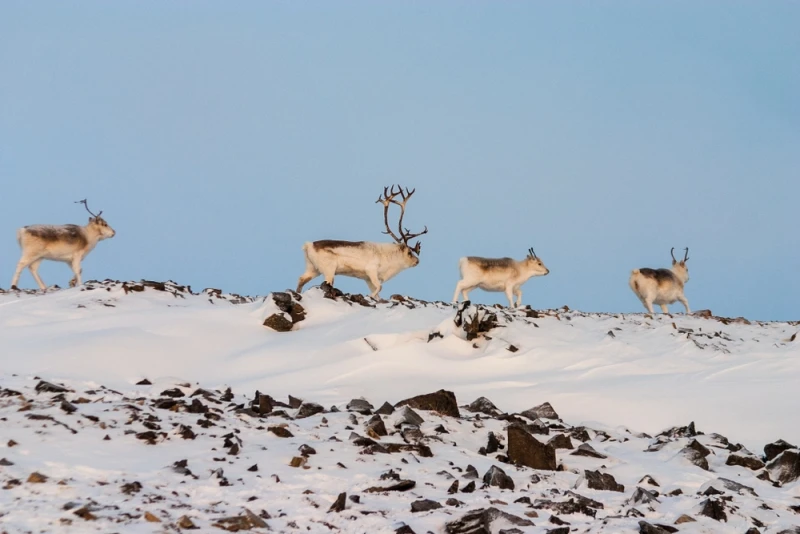
Collared lemmings: Masters of the arctic burrows
Lemmings in the Dicrostonyx genus, inhabiting the Arctic tundra, undergo a remarkable shift from brown or gray to winter white. Despite spending most of their time burrowing beneath the snow, these creatures adapt to their snowy surroundings with a change in fur color. Special winter claws, extensions of toe pads, aid them in digging through drifts to create nests and reach the Arctic willows they feed on. The Eskimo peoples even utilized their skins for clothing embellishments.
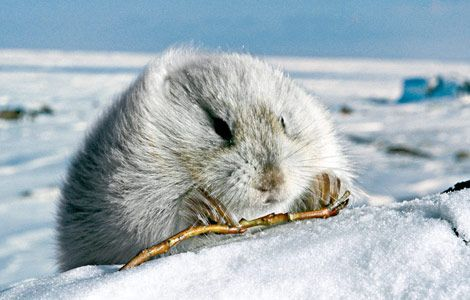
Ptarmigans: Feathered adornments of winter
The ptarmigans, a bird genus related to grouse, chickens, and pheasants, embrace winter’s arrival with a stunning change in plumage. The white-tailed ptarmigan turns entirely white, while the willow ptarmigan and rock ptarmigan retain black feathers in their tails. These feathered creatures develop distinctive white boots, aiding them in walking atop the snow. The air bubbles in their winter feathers enhance insulation, creating a dazzlingly bright appearance.
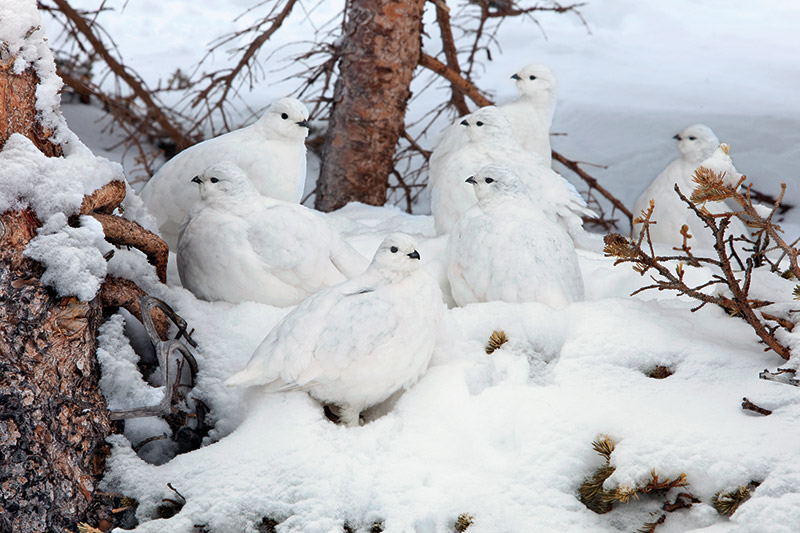
Siberian hamsters: Pets with seasonal style
The Siberian hamster, also known as the Dzhungarian hamster or “winter white,” showcases a change from a silvery chinchilla shade to predominantly white when exposed to natural light. Surprisingly, temperature doesn’t influence this molt, making them the only creatures on this list that can be kept as pets. Their winter white fur adds a touch of seasonal style to the world of small pets.
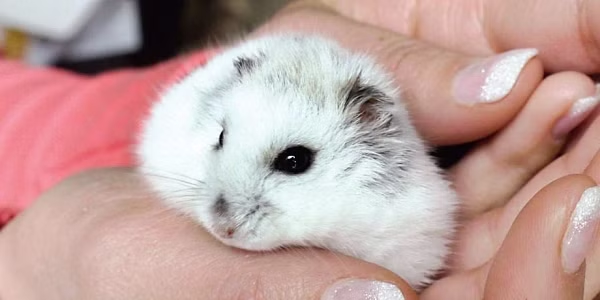
Arctic foxes: Chameleons of the north
Arctic foxes, with their chameleon-like transformation, shift from brownish gray in the summer to frosty white in the winter. Coastal populations in Alaska and Canada, however, maintain a slate gray color even during winter. Intriguingly, some populations were introduced to the Aleutian Islands, showcasing a unique slate gray hue. Climate change has added complexity to their existence, with red foxes encroaching on their territory, leading to competition for resources.
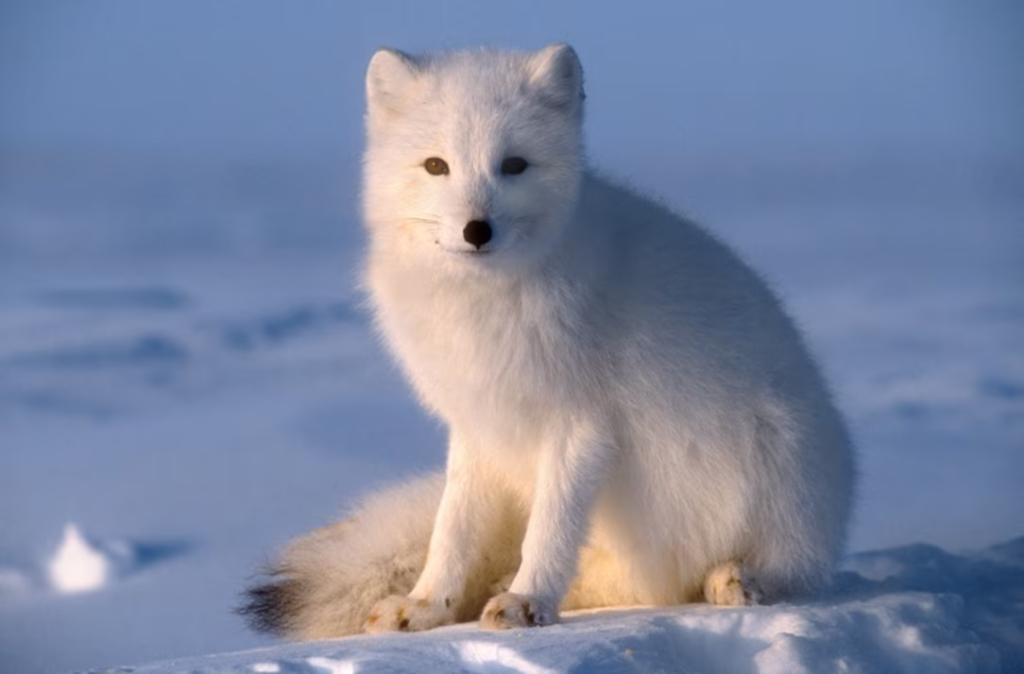
Conclusion
The enchanting stories of these seven animals reveal nature’s exquisite adaptation to winter’s embrace. From hares mastering camouflage to ptarmigans donning feathered elegance, each creature adds a unique touch to the snowy landscapes they call home. Understanding the intricacies of these transformations not only enhances our appreciation for wildlife but also underscores the delicate balance these animals maintain in the face of environmental challenges.
To explore more news – Click here
ALSO READ : Gomphotheres : Majestic Giants Of The Ancient World







